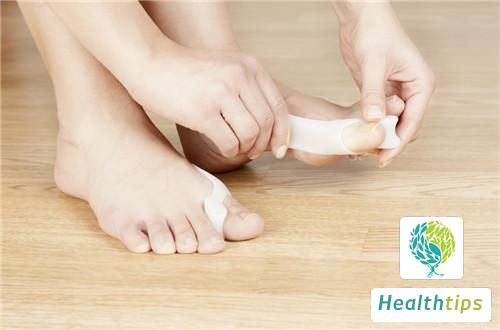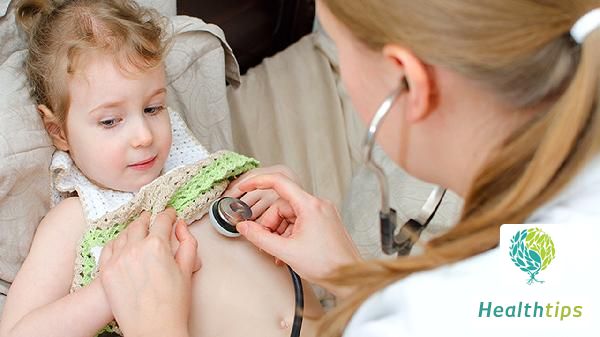People may not pay much attention to toenails in daily life, and only when there is obvious pain or other abnormalities, they will start to take it seriously. Some people may find a black line on their toenails, which looks ugly and makes them worry about whether there is something wrong with their bodies, or even fear that it could be cancer. What is the cause of a black line in the middle of toenails? It is recommended to promptly go to the hospital for examination to accurately understand the cause and take targeted measures.
 First, the black line in the middle of toenails should be considered as a sign of melanonychia. Melanonychia is similar to skin nevi, belonging to benign proliferation of pigment cells and forming cell nests. However, the cell nests of melanonychia are located at the root of the nail, and the nevus cells extend to the distal end during the growth of the nail, thus forming a black line. Melanonychia itself is not harmful to health, but a few cases may develop into malignant melanoma. Therefore, when the black line rapidly becomes thicker and even spreads to the skin around the nail root, surgical removal should be promptly performed in the dermatology department of the hospital, and pathological examination should be conducted.
First, the black line in the middle of toenails should be considered as a sign of melanonychia. Melanonychia is similar to skin nevi, belonging to benign proliferation of pigment cells and forming cell nests. However, the cell nests of melanonychia are located at the root of the nail, and the nevus cells extend to the distal end during the growth of the nail, thus forming a black line. Melanonychia itself is not harmful to health, but a few cases may develop into malignant melanoma. Therefore, when the black line rapidly becomes thicker and even spreads to the skin around the nail root, surgical removal should be promptly performed in the dermatology department of the hospital, and pathological examination should be conducted.
Second, treatment methods for melanonychia. Melanonychia is a type of nevus. Patients with nail nevi often have black lines, which appear under the nails. However, due to the special location of nail nevi, surgical removal is the only effective treatment method. There are two surgical approaches:
1. Traditional surgery: After local anesthesia, the traditional surgical method involves completely pulling out the nail covering the nail matrix and nail bed surface to expose the nail nevus completely and expanding about 1mm along the edge of the nail nevus, followed by full-thickness resection and suturing. However, this method causes significant trauma and may bring certain pain to patients during the recovery period. Therefore, it is generally not recommended nowadays.
2. New surgery: This surgery does not require the entire nail of the affected area to be removed. Instead, a horizontal incision is made on the nail, and the nail is flipped over to expose the nail nevus completely in the doctor's field of vision, facilitating thorough resection. After removal, the nail is put back in place. This approach can reduce patient discomfort and promote faster recovery.
In summary, melanonychia can be treated surgically, and the diet after surgery should be light and easy to digest, with less fried, pickled, and smoked foods. It is also important to maintain proper indoor temperature and humidity, change dressings in time, elevate the affected limb, and consume more fruits and vegetables rich in vitamins. There are no other special contraindications, and the main focus is on promoting the repair of tissues and mucous membranes and preventing bacterial infections.




















